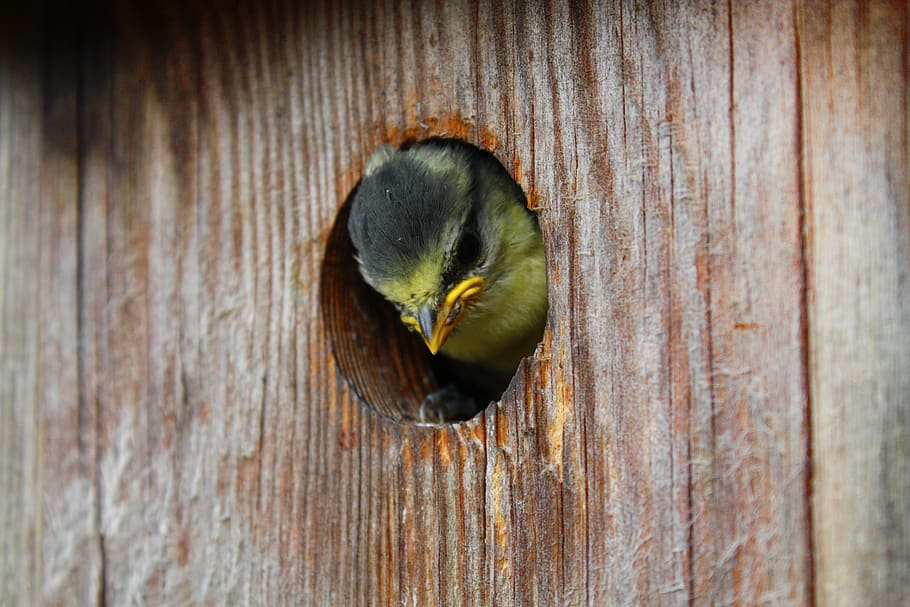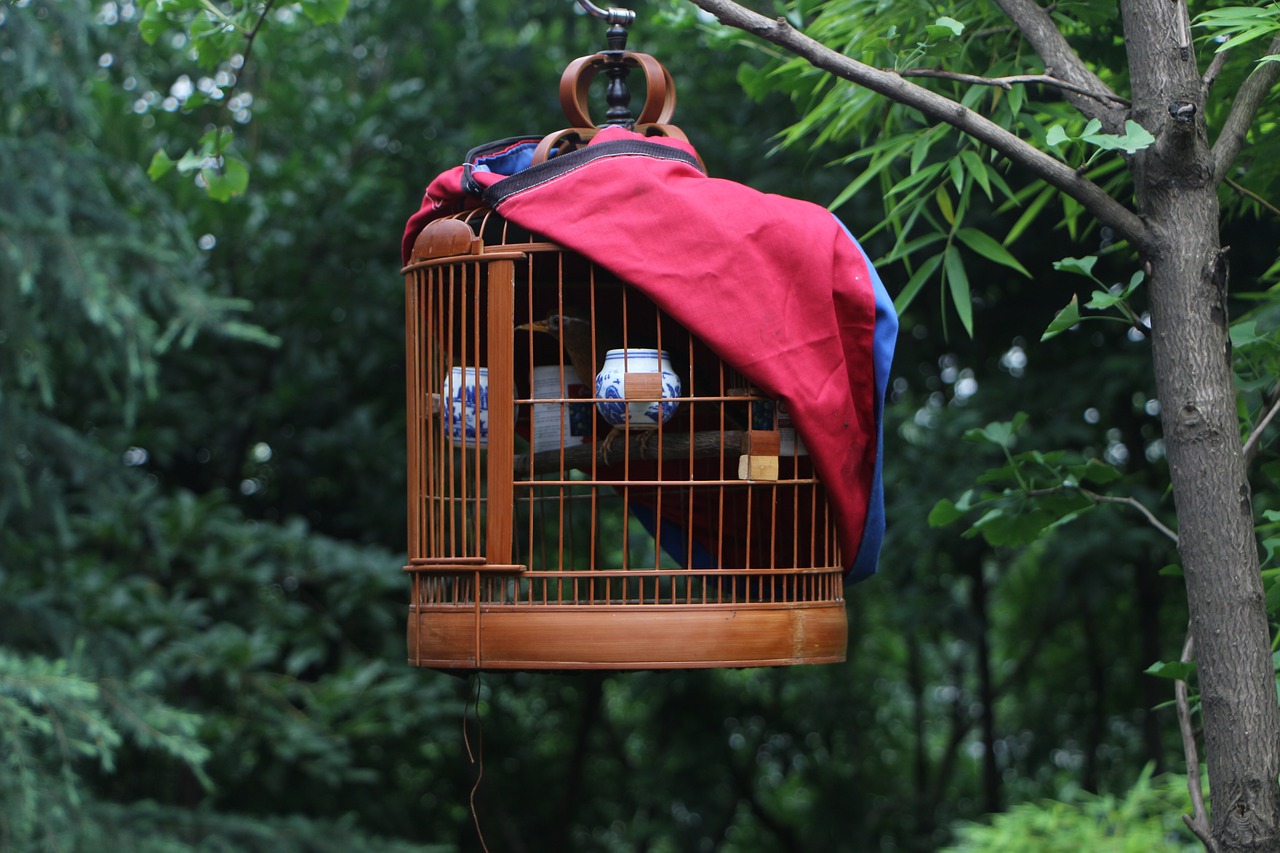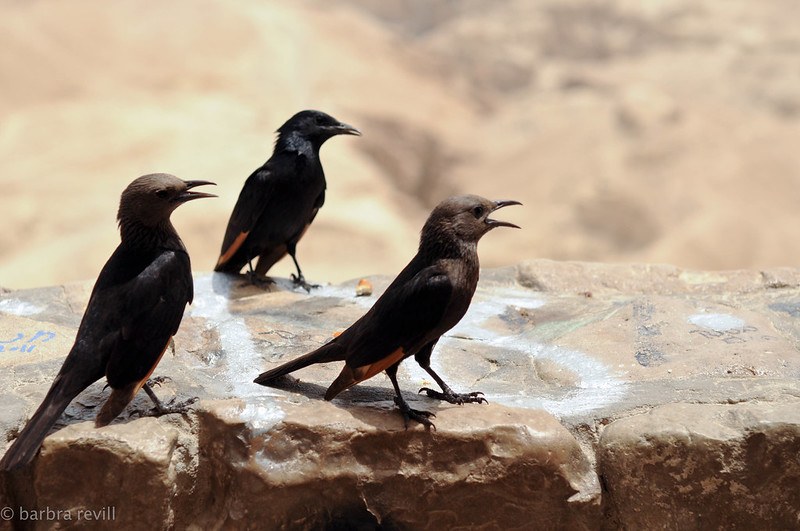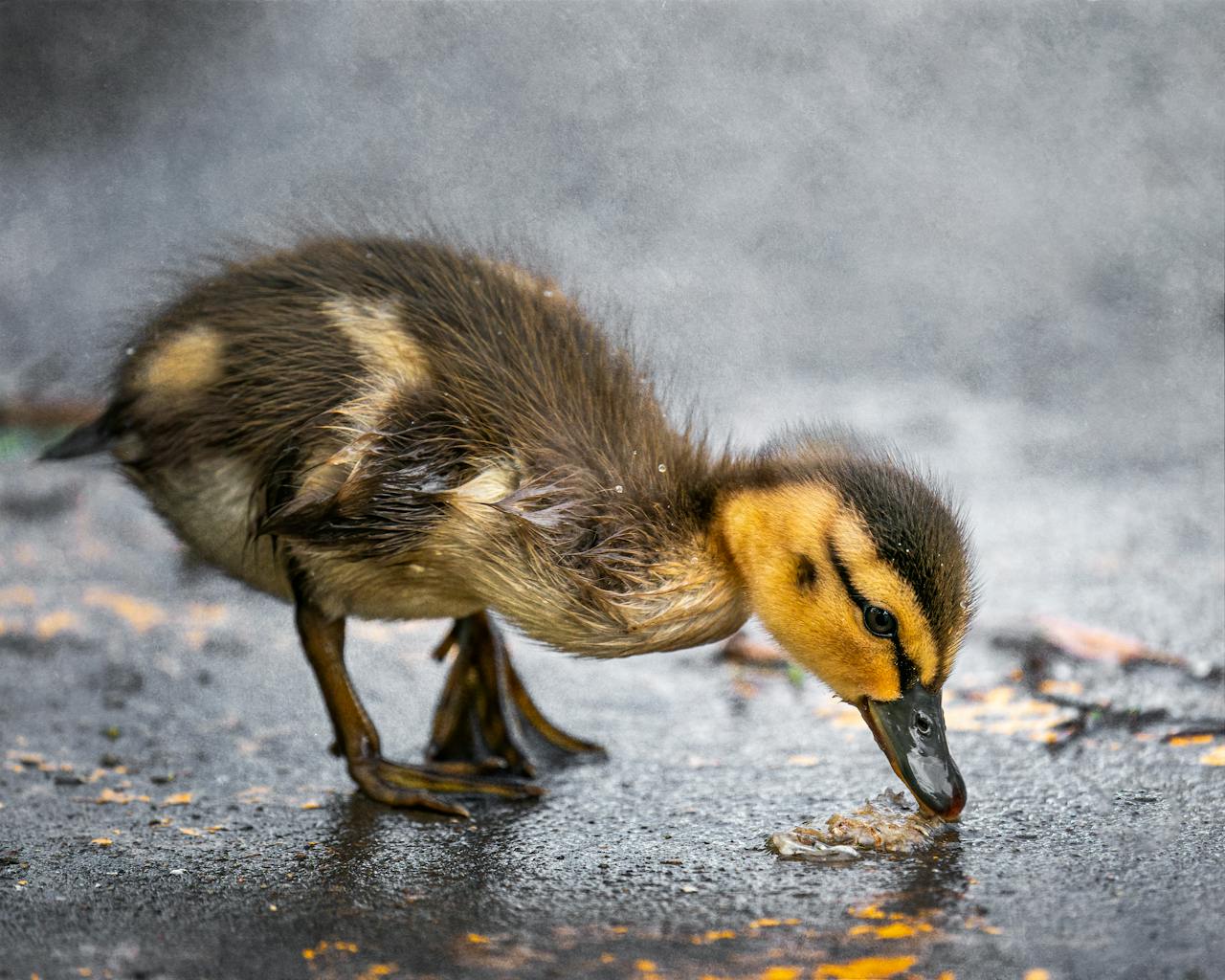A bird cage must at least provide enough space for the bird to freely move around in. The bigger the cage, the better. In their natural habitat, birds can fly as much as they want and take rest or sleep on branches or rocks.
When choosing a cage for your bird, think about how you plan to interact with your pet. If you want it to be part of your family, then you’ll want a bigger cage so it can fly around without hitting itself on the top. If you just want it to sit in one place and play or sing, then you can get away with a smaller cage.
What Size Bird Cage for a Cockatiel
Small parrots are known to be smarter than many other members of their species. One of the smartest birds is the cockatiel. Cockatiels do enjoy social interaction and should be kept in pairs or groups in a large-enough cage (16 by 16 inches per bird is a minimum and 18 by 20 inches is recommended). Cockatiels like toys and they like to chew. A variety of toys and plenty of wood perches is essential for cockatiel health and happiness.
What Size Bird Cage for a Conure
A conure is a small bird with a long tail, and it can live for about 20 years. It also has a very high energy level, so it needs to be kept in a large cage.
The cage should be made of stainless steel or another rust-resistant material. A wire cage allows the bird to get plenty of exercise, but some bird owners prefer to use a flight cage with perches and toys.
A bird’s cage needs to be big enough for it to flap its wings without hitting the sides. If you get a flight cage, make sure there are several perches that are different sizes so your bird can walk or sleep on them.
The diameter of the cage should be at least 30 inches for one conure and 36 inches for two. The height of the cage should be at least 24 inches; this will allow room for the bird’s tail to hang down without touching the floor.
If you keep multiple birds in the same cage, make sure they are compatible before putting them together; some birds don’t get along well with others. Birds also need plenty of room when they’re not in their cages; they like to play on top of them and around them. They also need toys that they can chew on, throw around and hide
What Size Bird Cage for 2 Budgies
To determine the correct size cage, measure the length of your bird from his beak to his tail tip. Double that measurement to find out how long your cage should be. Then multiply that measurement by two to determine the width of your cage.
For example, if your bird measures 13 inches from beak to tail tip, then you need a cage that is 26 inches by 26 inches (a 2 x 2 foot square). If you have a pair of birds, then double those measurements to arrive at what would be appropriate for two birds.
What Size Bird Box Hole

Though the dimensions of a bird box vary, as do those of the various species of birds that use them, there is no such thing as a ‘standard’ size. Most bird box holes are made to be between 12 and 20cm deep and often have a slightly larger entry hole than an equivalent bird table.
Open-fronted boxes allow easy access and exit for smaller birds and those with fluffy plumage. It also provides good ventilation to keep the nestlings at a healthy temperature.
What Size Bird Cage for 4 Parakeets
When choosing the best bird cage, there are several things to consider, including:
The number of birds you want to keep in the cage at one time. Cages designed for one or two birds typically include multiple perches and dishes so your bird can fly around and not be trapped in one spot.
Parakeets need 10 to 12 inches of vertical space per pair. These tiny budgies love to climb around their cages so they can preen themselves and keep their feathers in top shape. They also need a long horizontal space so they can fly around and stretch their wings out. A long, shallow cage with a lot of cutouts is perfect for this kind of flying room. Budgies aren’t very active during the night, so you can get away with smaller cages than you might think. However, if you want to let your parakeets fly at.
What Size Bird Cage for African Grey
The most important thing to consider when picking out a cage is size. An African grey parrot is an active bird and will need plenty of room to play and exercise. There are a variety of cages available for African greys, including round cages, large-barred cages, and flight cages. The cage you choose should have a playtop for your bird to enjoy climbing up to and hanging out on top of. A playtop makes it safer for the bird because it can’t get away from you by flying too high.
The size of your bird’s cage will depend on his age and how active he is. A young African grey should have a minimum cage size of about 24 inches tall by 18 inches wide by 24 inches long. An older, more active bird would benefit from a larger cage size. The minimum recommended cage size for an adult African grey is about 30 inches tall by 24 inches wide by 36 inches long. If you plan on adding other birds or toys to the cage, make sure the door to the cage is large enough for your pet to easily get in and out of it comfortably.
How Many Birds Can You Have In One Cage?
If you plan on having more than one bird in the same cage, then you need to ensure that both will get along together in the cage peacefully. If you would like to have two different types of birds in the same cage, remember that if they are of opposite sexes, they may breed. This could result in even more birds popping out.
You need to know how many birds will be in the cage at once, so make sure you have enough room for perches and dishes for each one.
If you do plan on having more than one bird share a single cage, then please make sure that your birds are all healthy and disease free before placing them together. They must also be old enough to be able to defend themselves from other birds. It is also very important that you place your two birds together in their new home before they become.
What Size Bird Netting Do I Need
If you’ve decided that bird netting is the best option for protecting your fruit and vegetables from birds, there are a number of factors to consider before you purchase. The first step is to learn what size bird netting you need.
To determine what size bird netting you need, consider your garden, shrubs and trees. Outside of the garden, you should also consider areas around buildings, hedges and ponds. Depending on where you live or plan to set up your garden, it may require protection from larger birds. If you are familiar with the birds that frequent your area, then you can gauge the size of the netting to match your needs.
Larger birds like crows can easily tear through standard 1/2-inch fencing mesh used for smaller birds. A larger 3/4-inch mesh is necessary to contain these larger birds. You can use a similar calculation to determine how much bird netting you need for your shrubs and trees by measuring the diameter of the shrub or tree trunk.





Leave a Reply